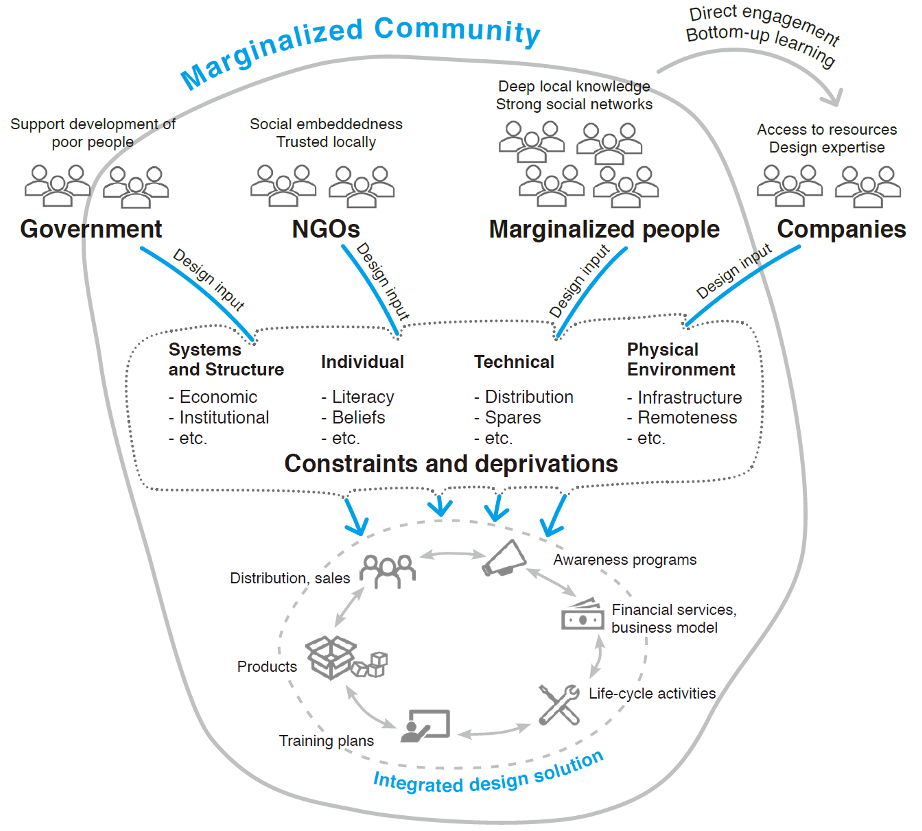
PSS Design for the World’s Large Market
- Post by: Santosh Jagtap
- 1st March 2020
- 2 Comments
Businesses are recognising and pursuing the opportunity to design appropriate products and services to serve the market known as the Base of the Pyramid (BOP) market — broadly defined as 4 billion low-income people in developing countries. There are many reasons for the pursuit of BOP markets. First, the BOP is the most significant and unaddressed global market, representing half to two-thirds of the world’s population. It is the largest and fastest growing consumer segment. Second, in contrast to its appearance, the BOP consumers have financial resources. Collectively, BOP consumers hold assets worth valuing $9 trillion. Third, BOP consumers are willing to spend monies on appropriate products and services. Fourth, products and services specifically developed for BOP markets can be adapted and sold in middle- and high-income markets across the globe, creating additional benefits for businesses (this is called as ‘Reverse Innovation’).
BOP markets are characterised by several constraints such as limited infrastructure, low-literacy, and weak access to basic facilities such as education, healthcare, and energy. In order to address these constraints, there is a need of designing Product Service Systems (PSS) rather than traditional product- or service-oriented solutions. The drivers and benefits of designing PSS in the context of developed countries include, among others, creating unique selling propositions, building and nurturing relationships with customers, and alleviating environmental impact. In contrast, the design of PSS for BOP markets is largely driven by the necessity to respond to several constraints and deprivations, with the aim of creating a win-win situation — satisfying unmet or under-served needs of marginalized people and making profits, thus contributing towards global sustainable development.
Whilst there is a profound need of PSS design for BOP markets, businesses lack tools and methods to support PSS design based on sound understanding of how PSS are designed for BOP markets. In this growing and important field, our aim is to support businesses and other relevant stakeholders in designing PSS for BOP markets. Santosh Jagtap, Tobias Larsson and Andreas Larsson have been contributing to this field.
In a previously completed project, processes of designing solutions for BOP markets from developing countries and TOP (Top of the Pyramid) markets from developed countries were compared. This revealed a sharp contrast between these processes, emphasising the need of bespoke tools and methods for PSS design for the BOP. More details are available here.
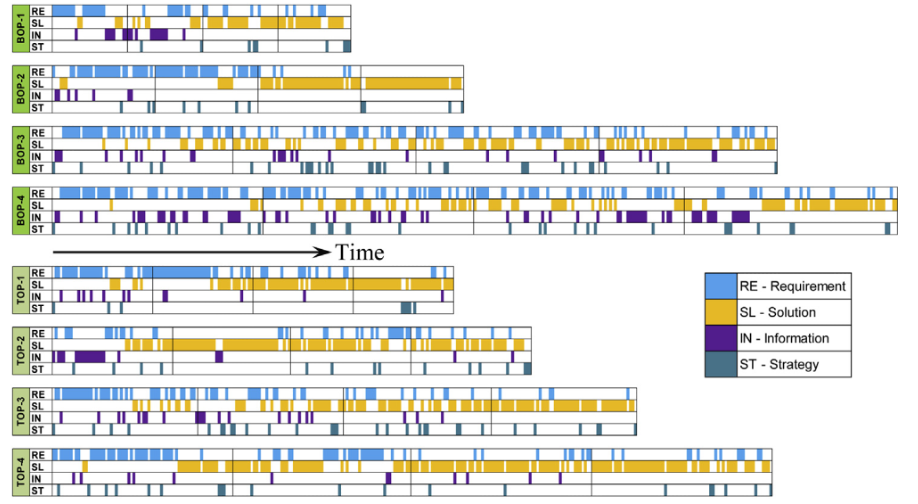
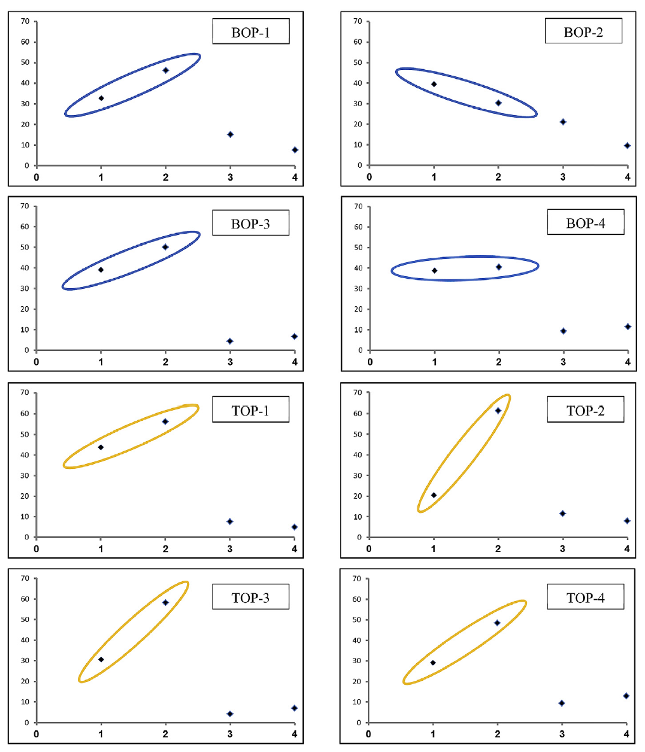
Development of key principles for designing PSS and integrated solutions is highly useful for businesses and practitioners. We developed ten key principles of designing and developing PSS (integrated solutions) for BOP markets. We are currently in the process of developing a unified PSS design methodology/process around these ten principle. Details of these ten principles are available here. We are also aiming at developing related computational tools to supports businesses and other stakeholders.
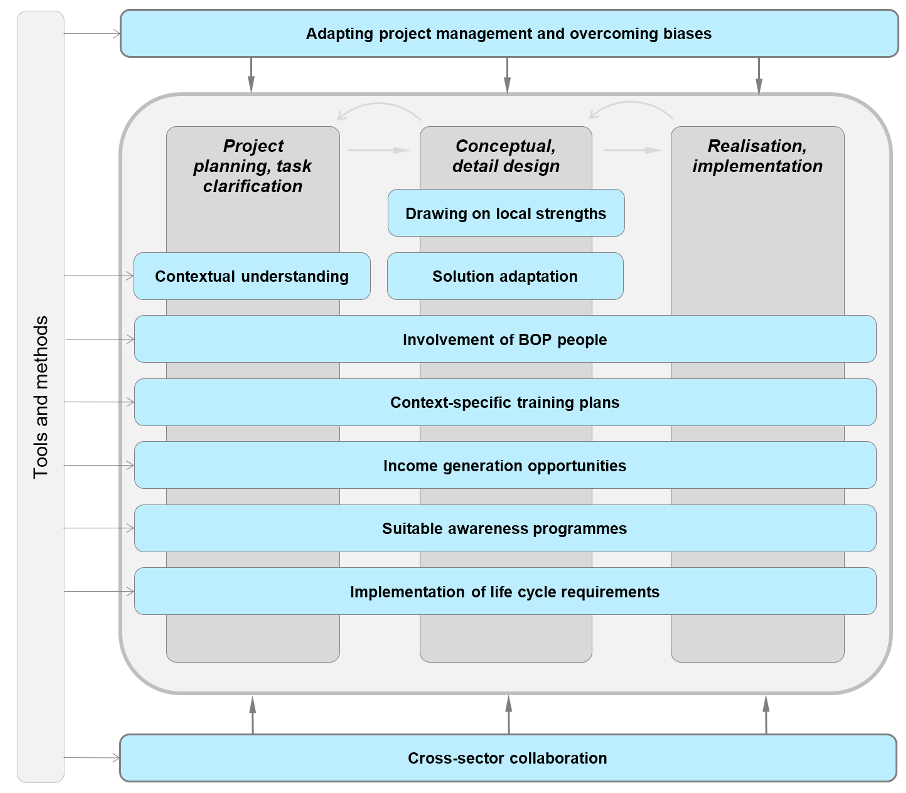
A broad range of stakeholders are involved in designing PSS for BOP markets. A Model of stakeholder inputs is developed. The details are available here.

We have also explored three roles of BOP people in the design of PSS and frugal innovations for the BOP. More information on this work is available here.
BOP markets are heterogeneous across various contexts. Understanding of their context is critical in developing PSS. In one of the projects, we identified key dimensions of BOP context. We have also recommended further areas for the development of tools and methods in relation to these contextual dimensions. The details are available here.
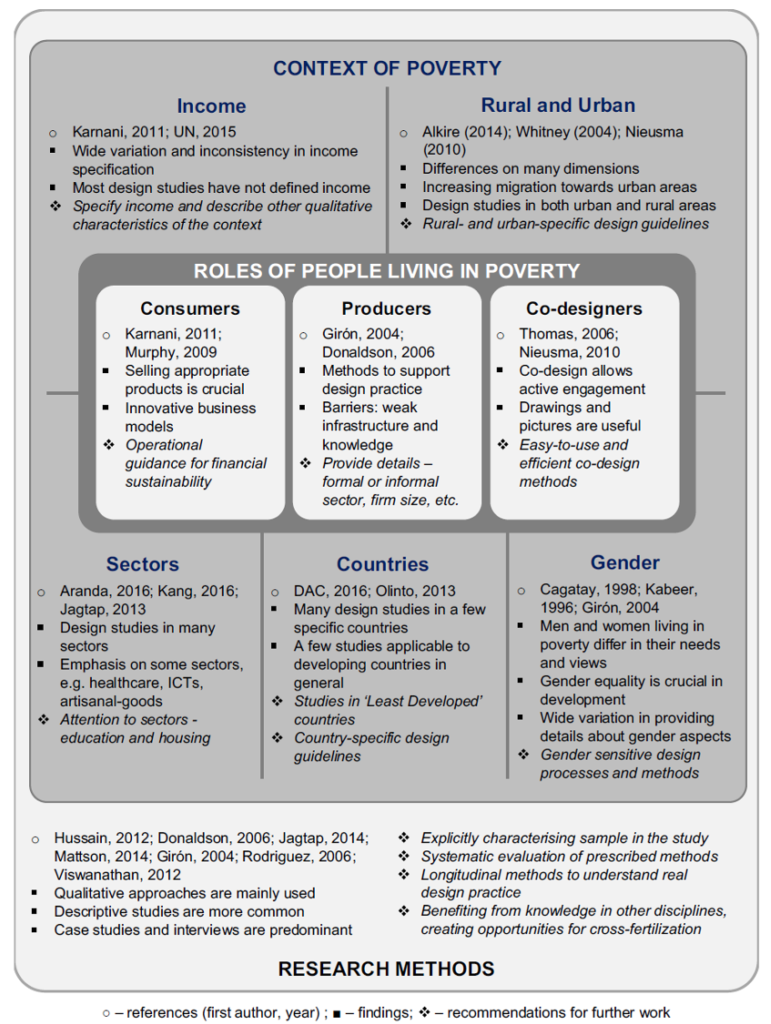
A holistic contextual framework has also been tested in the process of designing PSS and integrated solutions for the BOP.
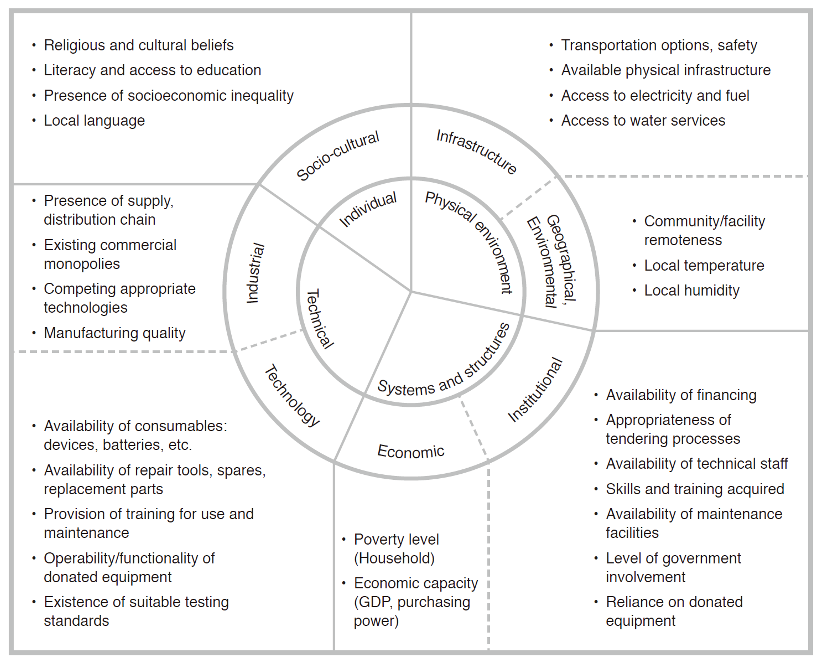
Readings
- Jagtap, Santosh & Larsson, Andreas & Hiort, Viktor & Olander, Elin & Warell, Anders & Khadilkar, Pramod. (2014). How design process for the Base of the Pyramid differs from that for the Top of the Pyramid. Design Studies. 35. 10.1016/j.destud.2014.02.007.
- Jagtap, Santosh. (2019). Key guidelines for designing integrated solutions to support development of marginalised societies. Journal of Cleaner Production. 219. 10.1016/j.jclepro.2019.01.340.
- Jagtap, Santosh & Larsson, Tobias. (2019). Resource-Limited Societies, Integrated Design Solutions, and Stakeholder Input. She Ji: The Journal of Design, Economics, and Innovation. Volume 5, Issue 4, Winter 2019, Pages 285-303. 10.1016/j.sheji.2019.10.001.
- Jagtap, Santosh & Larsson, Tobias. (2015). Design and Frugal Innovations: Three roles of resource-poor people. Proceedings of the DESIGN 2018 15th International Design Conference. 10.21278/idc.2018.0152.
- Jagtap, Santosh. (2018). Design and Poverty: A Review of Contexts, Roles of Poor People, and Methods. Research in Engineering Design volume 30, pages 41–62. 10.1007/s00163-018-0294-7.
- Aranda-Jan, Clara B. & Jagtap, Santosh & Moultrie, James. (2016). Towards A Framework for Holistic Contextual Design for Low-Resource Settings. IJDesign. Vol 10, No 3.
Projects where this research has evolved
- KKS Model Driven Development and Decision Support – MD3S: https://www.productdevelopment.se/?p=68
- Design for Wellbeing: https://www.designforwellbeing.org/
- Investigation of the Product Design Process in Informal Microenterprises in Tanzania: https://www.productdevelopment.se/?p=10954
Contacts
- Associate Professor Santosh Jagtap
- Professor Tobias Larsson
- Associate Professor Andreas Larsson

2 Comments on “PSS Design for the World’s Large Market”
Comments are closed.